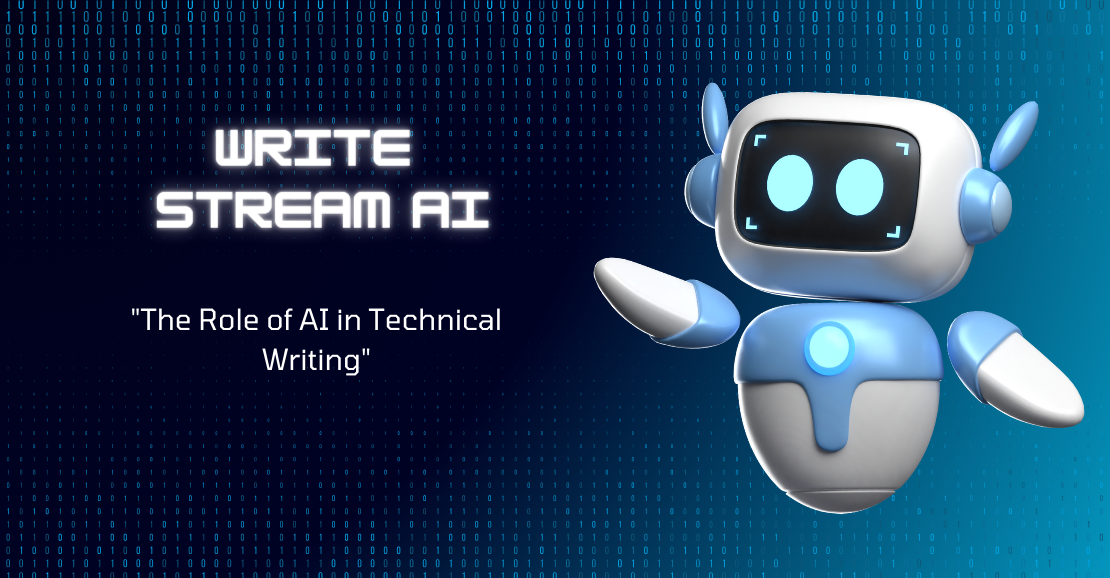With the rapid advancements in technology, Artificial Intelligence (AI) has become an integral part of our daily lives. From virtual assistants like Siri and Alexa to self-driving cars, AI has made its way into various industries, including technical writing. In recent years, the use of AI in technical writing has gained popularity, revolutionizing the field and bringing about significant changes. In this article, we will delve into the role of AI in technical writing and how it is transforming the way technical documents are produced and consumed.
Before we dive into the role of AI in technical writing, let's understand what technical writing is. Technical writing is the process of communicating complex and technical information in simple and easily understandable language. It involves creating user guides, manuals, instructions, and other technical documents that provide information about a product or service. Technical writers have to ensure that the information is accurate, concise, and easily comprehensible for the target audience. With the help of AI, technical writers can now produce high-quality documents with greater efficiency and accuracy.
One of the significant roles of AI in technical writing is the automation of tasks. The use of AI-powered tools and software has streamlined the writing process, making it more efficient and error-free. Tasks like grammar and spell checks, indexing, and formatting can now be done with just a click of a button, saving time and effort for technical writers. AI can also assist in generating content by analyzing the audience's language and tone, making it easier to create documents that cater to specific audiences. This not only saves time but also ensures that the content is tailored to the readers' needs, making it more effective.
Another significant role of AI in technical writing is the ability to make the documents more interactive and engaging. With the use of AI-powered chatbots, technical writers can now create user-friendly and interactive user manuals, replacing the traditional chunky and text-heavy guides. Chatbots can understand users' queries and provide them with accurate solutions, reducing the need for human intervention. This not only enhances the user experience but also saves time and effort for both the customer and the company.
AI also plays a crucial role in translation and localization of technical documents. With the help of AI-powered translation tools, technical writers can now produce documents in multiple languages with high accuracy. This is particularly useful for companies that have a global presence and need to cater to customers from different regions. AI-powered tools can translate technical terms and phrases with ease, reducing the chances of errors in the translated document.
Moreover, AI can also assist in content creation by analyzing user data and feedback. It can help technical writers identify the areas that need improvement and suggest changes accordingly. This ensures that the content is constantly updated and relevant, keeping up with the ever-changing industry trends. AI can also help in identifying technical jargon and replacing it with simpler terms, making the content more accessible for non-technical users.
In conclusion, AI has revolutionized the field of technical writing, making it more efficient, accurate, and user-friendly. While it cannot replace human writers, it can assist them in producing high-quality content with greater efficiency. With the use of AI, technical writers can now focus on more critical tasks like research and analysis, rather than spending hours on mundane tasks. As technology continues to advance, the role of AI in technical writing is only going to grow, making the process of creating technical documents even more effortless and effective.























Write your comment
Cancel Reply